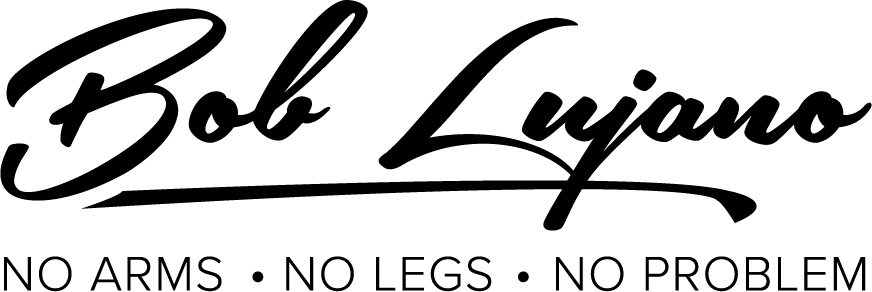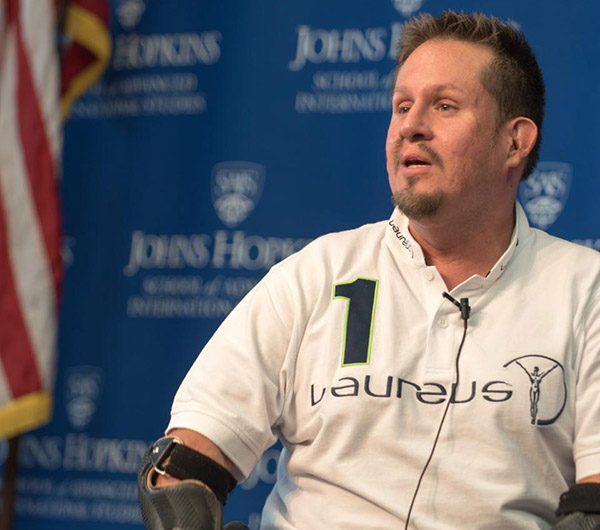Here’s a business idea. Ignore a potential market. That’s what many sports and athletics-related businesses did until they realized in the mid-1990’s that they had been passing on a gold mine: women. Yes, you know half the population that some thought should just play with Barbie dolls and Easy-Bake ovens? Well, the 1990s were a turning point as NBC’s 1996 Summer Olympic Games coverage targeted women much more than previously and many more female-oriented sports leagues (e.g., soccer and basketball), apparel and equipment lines, and sports-related advertisements emerged. Imagine that, women would actually be interested in doing the same things as other humans, such as sports? Well, could many businesses once again be ignoring and missing other potential markets?
Consider, for example, a population that has clear persistent needs that are not being adequately fulfilled. This population spans the world, is growing and includes very motivated customers. Since this population is currently being underserved and misunderstood by many businesses, many of the customers could be very grateful and loyal.
What’s this market? People with disabilities. According to the World Bank, one billion people (15% of the world’s population) experience some form of disability, with one-fifth (between 110 million and 190 million people) experiencing significant disabilities. In fact, trends, such as the aging of the population, and medical advancements that help people survive disease and injury could mean that this market will continue to grow. Katie Kenny in this Stuff piece describes people with disabilities as the “world’s fastest-growing minority.”
You may ask, aren’t there items, services and events such as the Paralympic Games every four years for those with disabilities? That may be a bit like saying to women who wanted to play sports in the 1970s, “Yeah, don’t you have hopscotch?” While some businesses do seem to understand the market of people with disabilities, many don’t. Just ask, Bob Lujano, U.S. Paralympic athlete, rugby national champion, ambassador for the Laureus Sports for Good Foundation and a speaker at our recent Innovation Summit: Moving American Health Across the Spectrum of Physical Activity held at Johns Hopkins University and co-hosted by the American College of Sports Medicine (ACSM), Global Obesity Prevention Center (GOPC), Laureus Sports for Good Foundation and the Aspen Institute.
“There are still a lot of disparaging images in advertising and broadcast of events involving those with disabilities,” says Lujano. “Even the Paralympic Games, the images are designed to warm and fuzzy, different from other athletes and people.”
You’ve probably seen these images. Heart-warming Celine Dion music playing in the background. Everything in slow motion, even when the athletes with disabilities are moving at speeds far greater than most people can. Hugs. Tears. Kisses. Not exactly like usual sports coverage.




